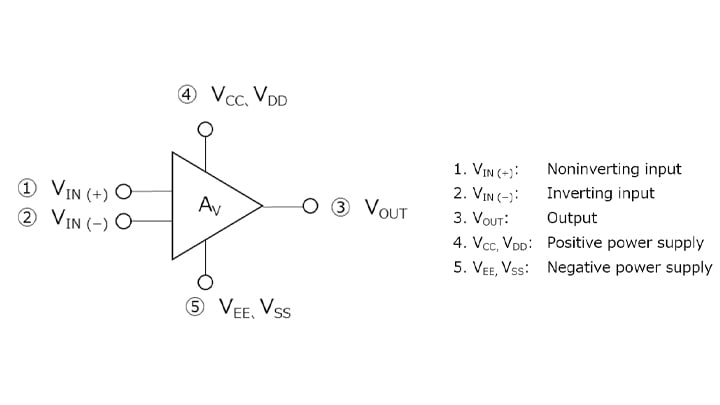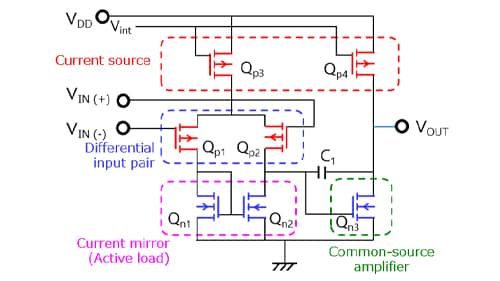- General Top
- SEMICONDUCTOR
- STORAGE
- COMPANY
-
My ToshibaSemicon
- Semiconductor Top
-
ApplicationsAutomotive
Body Electronics
xEV
In-Vehicle Infotainment
Advanced Driver-Assistance Systems (ADAS)
Chassis
IndustrialInfrastructure
BEMS/HEMS
Factory Automation
Commercial Equipment
Consumer/PersonalIoT Equipment
Healthcare
Wearable Device
Mobile
Computer Peripherals
-
ProductsAutomotive Devices
Discrete Semiconductor
Diodes
Transistors
Logic ICs
Analog Devices
Digital Devices
Wireless Devices
※
: Products list (parametric search)
Power SemiconductorsSiC Power Devices
※
: Products list (parametric search)
Isolators/Solid State RelaysPhotocouplers
Digital Isolators
Solid State Relays
Fiber Optic Transmitting Modules
※
: Products list (parametric search)
MOSFETsIGBTs/IEGTsBipolar Transistors※
: Products list (parametric search)
Diodes※
: Products list (parametric search)
MicrocontrollersMotor Driver ICsIntelligent Power ICs※
: Products list (parametric search)
Power Management ICsLinear ICs※
: Products list (parametric search)
General Purpose Logic ICsLinear Image SensorsOther Product ICsOther Product ICs
※
: Products list (parametric search)
-
Design & Development
Design & Development
Innovation Centre
At the Toshiba Innovation Centre we constantly strive to inspire you with our technologies and solutions. Discover how to place us at the heart of your innovations.
-
Knowledge
Knowledge
Highlighted Topics
Further Materials
Other
- Where To Buy
- Part Number & Keyword Search
- Cross Reference Search
- Parametric Search
- Stock Check & Purchase
This webpage doesn't work with Internet Explorer. Please use the latest version of Google Chrome, Microsoft Edge, Mozilla Firefox or Safari.
require 3 characters or more. Search for multiple part numbers fromhere.
The information presented in this cross reference is based on TOSHIBA's selection criteria and should be treated as a suggestion only. Please carefully review the latest versions of all relevant information on the TOSHIBA products, including without limitation data sheets and validate all operating parameters of the TOSHIBA products to ensure that the suggested TOSHIBA products are truly compatible with your design and application.Please note that this cross reference is based on TOSHIBA's estimate of compatibility with other manufacturers' products, based on other manufacturers' published data, at the time the data was collected.TOSHIBA is not responsible for any incorrect or incomplete information. Information is subject to change at any time without notice.
require 3 characters or more.
1. What is an op-amp?

Op-amp stands for “operational amplifier.” An op-amp is so called because it is used for various computational operations such as comparison, addition, subtraction, differentiation, and integral.
Figure 1-1 shows the electronic symbol for op-amps. An op-amp has five terminals: 1) noninverting input, 2) inverting input, 3) output, 4) positive power supply, and 5) negative power supply. Here, “inverting” and “noninverting” indicate the polarity with respect to the output.
The voltage applied to the noninverting input is amplified by a factor of AV with respect to the inverting input potential. The output has the same phase as the noninverting input.
The voltage applied to the inverting input is also amplified by a factor of AV with respect to the noninverting input potential. The output has the opposite phase to the inverting input.
As a result, the output provides a voltage equal to a difference in voltage between the inverting and noninverting inputs multiplied by AV. Therefore, when the inverting and noninverting inputs have the same voltage and phase, the output voltage becomes zero. When the inverting and noninverting inputs have the same voltage and opposite phases, the output has the same phase as the noninverting input and provides a voltage equal to twice the difference between their voltages multiplied by AV.
Despite a simple configuration, op-amps provide close-to-ideal characteristics as amplifiers. Therefore, they are widely used for various purposes in a wide range of IoT home appliance and other electronic applications. For example, op-amps are used to amplify analog signals from sensors and measuring instruments.
- 1/3
- Next
Chapter1 What is an op-amp?
Related information
- Products
- Application Notes
- FAQs
- Parametric Search
- Stock Check & Purchase



